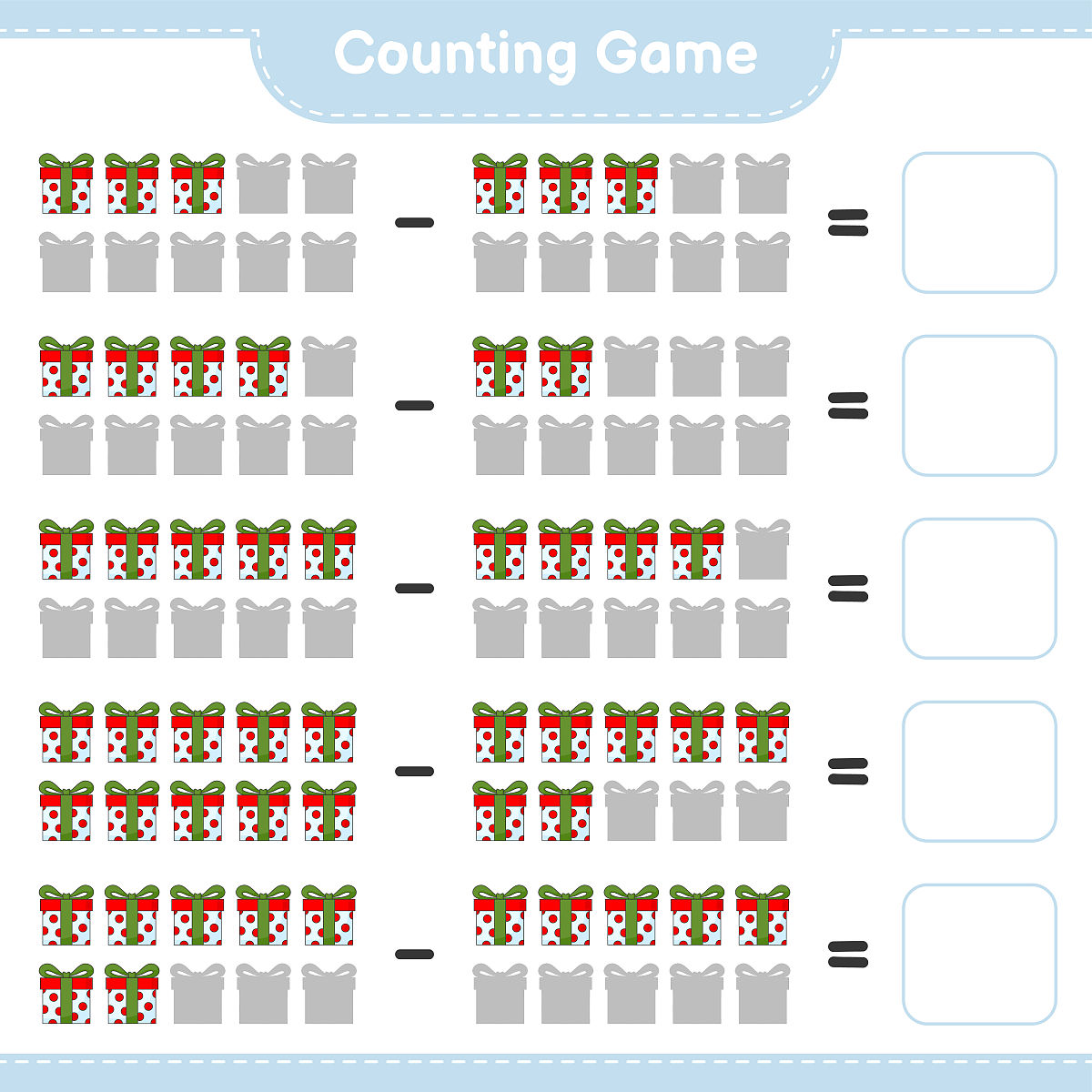能不能用python写一个俄罗斯方块游戏
当然可以!使用Python可以很容易地编写俄罗斯方块游戏。以下是一个简单的示例:
import pygame
import random
# 初始化pygame
pygame.init()
# 游戏窗口大小
WINDOW_WIDTH = 400
WINDOW_HEIGHT = 600
# 方块大小
BLOCK_SIZE = 20
# 方块的颜色
COLORS = [(0, 0, 0), (255, 0, 0), (0, 255, 0), (0, 0, 255), (255, 255, 0)]
# 游戏窗口
game_window = pygame.display.set_mode((WINDOW_WIDTH, WINDOW_HEIGHT))
# 游戏标题
pygame.display.set_caption("Tetris")
# 创建方块形状
T_SHAPE = [[1, 1, 1], [0, 1, 0]]
O_SHAPE = [[1, 1], [1, 1]]
L_SHAPE = [[1, 0], [1, 0], [1, 1]]
J_SHAPE = [[0, 1], [0, 1], [1, 1]]
I_SHAPE = [[1], [1], [1], [1]]
S_SHAPE = [[0, 1, 1], [1, 1, 0]]
Z_SHAPE = [[1, 1, 0], [0, 1, 1]]
# 所有方块形状
SHAPES = [T_SHAPE, O_SHAPE, L_SHAPE, J_SHAPE, I_SHAPE, S_SHAPE, Z_SHAPE]
# 方块类
class Block:
def __init__(self, x, y, shape):
self.x = x
self.y = y
self.shape = shape
self.color = random.choice(COLORS)
def draw(self):
for i in range(len(self.shape)):
for j in range(len(self.shape[0])):
if self.shape[i][j] == 1:
pygame.draw.rect(game_window, self.color, (self.x + j * BLOCK_SIZE, self.y + i * BLOCK_SIZE, BLOCK_SIZE, BLOCK_SIZE))
def move_left(self):
self.x -= BLOCK_SIZE
def move_right(self):
self.x += BLOCK_SIZE
def move_down(self):
self.y += BLOCK_SIZE
def rotate(self):
self.shape = [[self.shape[j][i] for j in range(len(self.shape))] for i in range(len(self.shape[0]))]
def can_move_left(self, blocks):
for i in range(len(self.shape)):
for j in range(len(self.shape[0])):
if self.shape[i][j] == 1:
if self.x + j * BLOCK_SIZE <= 0:
return False
for block in blocks:
if block != self and block.y == self.y + i * BLOCK_SIZE and block.x == self.x + j * BLOCK_SIZE - BLOCK_SIZE:
return False
return True
def can_move_right(self, blocks):
for i in range(len(self.shape)):
for j in range(len(self.shape[0])):
if self.shape[i][j] == 1:
if self.x + j * BLOCK_SIZE >= WINDOW_WIDTH - BLOCK_SIZE:
return False
for block in blocks:
if block != self and block.y == self.y + i * BLOCK_SIZE and block.x == self.x + j * BLOCK_SIZE + BLOCK_SIZE:
return False
return True
def can_move_down(self, blocks):
for i in range(len(self.shape)):
for j in range(len(self.shape[0])):
if self.shape[i][j] == 1:
if self.y + i * BLOCK_SIZE >= WINDOW_HEIGHT - BLOCK_SIZE:
return False
for block in blocks:
if block != self and block.y == self.y + i * BLOCK_SIZE + BLOCK_SIZE and block.x == self.x + j * BLOCK_SIZE:
return False
return True
def can_rotate(self, blocks):
temp_shape = [[self.shape[j][i] for j in range(len(self.shape))] for i in range(len(self.shape[0]))]
for i in range(len(temp_shape)):
for j in range(len(temp_shape[0])):
if temp_shape[i][j] == 1:
if self.x + j * BLOCK_SIZE < 0 or self.x + j * BLOCK_SIZE >= WINDOW_WIDTH or self.y + i * BLOCK_SIZE >= WINDOW_HEIGHT:
return False
for block in blocks:
if block != self and block.y == self.y + i * BLOCK_SIZE and block.x == self.x + j * BLOCK_SIZE:
return False
return True
# 游戏主循环
def main():
# 初始化变量
blocks = []
score = 0
game_over = False
clock = pygame.time.Clock()
fall_time = 0
fall_speed = 0.5
current_block = Block(WINDOW_WIDTH // 2, 0, random.choice(SHAPES))
next_block = Block(WINDOW_WIDTH + BLOCK_SIZE * 6, BLOCK_SIZE, random.choice(SHAPES))
# 游戏循环
while not game_over:
# 处理事件
for event in pygame.event.get():
if event.type == pygame.QUIT:
game_over = True
elif event.type == pygame.KEYDOWN:
if event.key == pygame.K_LEFT and current_block.can_move_left(blocks):
current_block.move_left()
elif event.key == pygame.K_RIGHT and current_block.can_move_right(blocks):
current_block.move_right()
elif event.key == pygame.K_DOWN and current_block.can_move_down(blocks):
current_block.move_down()
elif event.key == pygame.K_UP and current_block.can_rotate(blocks):
current_block.rotate()
# 计算时间
fall_time += clock.tick() / 1000.0
# 生成新方块
if current_block.y >= next_block.y:
current_block = next_block
next_block = Block(WINDOW_WIDTH + BLOCK_SIZE * 6, BLOCK_SIZE, random.choice(SHAPES))
# 方块下落
if fall_time >= fall_speed:
if current_block.can_move_down(blocks):
current_block.move_down()
else:
blocks.append(current_block)
current_block = next_block
next_block = Block(WINDOW_WIDTH + BLOCK_SIZE * 6, BLOCK_SIZE, random.choice(SHAPES))
# 消除满行
for i in range(WINDOW_HEIGHT // BLOCK_SIZE):
row = [(block.x, block.y) for block in blocks if block.y == i * BLOCK_SIZE]
if len(row) == WINDOW_WIDTH // BLOCK_SIZE:
for block in blocks:
if block.y == i * BLOCK_SIZE:
blocks.remove(block)
for block in blocks:
if block.y < i * BLOCK_SIZE:
block.move_down()
score += 10
fall_time = 0
# 绘制背景
game_window.fill((255, 255, 255))
# 绘制方块
for block in blocks:
block.draw()
current_block.draw()
next_block.draw()
# 绘制得分
font = pygame.font.Font(None, 36)
text = font.render("Score: " + str(score), True, (0, 0, 0))
game_window.blit(text, (10, 10))
# 更新窗口
pygame.display.update()
# 退出游戏
pygame.quit()
if __name__ == '__main__':
main()
这个示例中,我们使用了pygame模块来创建游戏窗口,并使用Block类来管理方块的位置、形状和颜色。在游戏主循环中,我们处理玩家的按键事件,并移动或旋转方块。同时,我们还计算方块下落的时间,并在一定时间间隔内将方块向下移动。当方块无法再向下移动时,我们将其添加到blocks列表中,并生成下一个方块。在添加方块之后,我们检查是否有行已经被填满,如果是,则将其从blocks列表中删除,并将上面的方块向下移动,同时增加玩家的分数。最后,我们在游戏窗口中绘制方块和得分,并更新窗口

原文地址: https://www.cveoy.top/t/topic/eiZo 著作权归作者所有。请勿转载和采集!